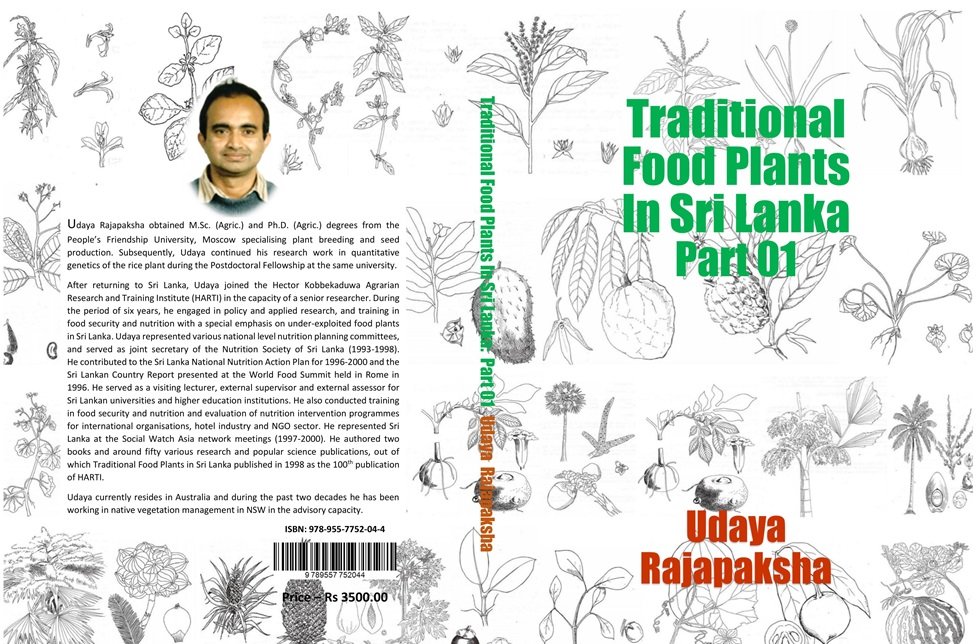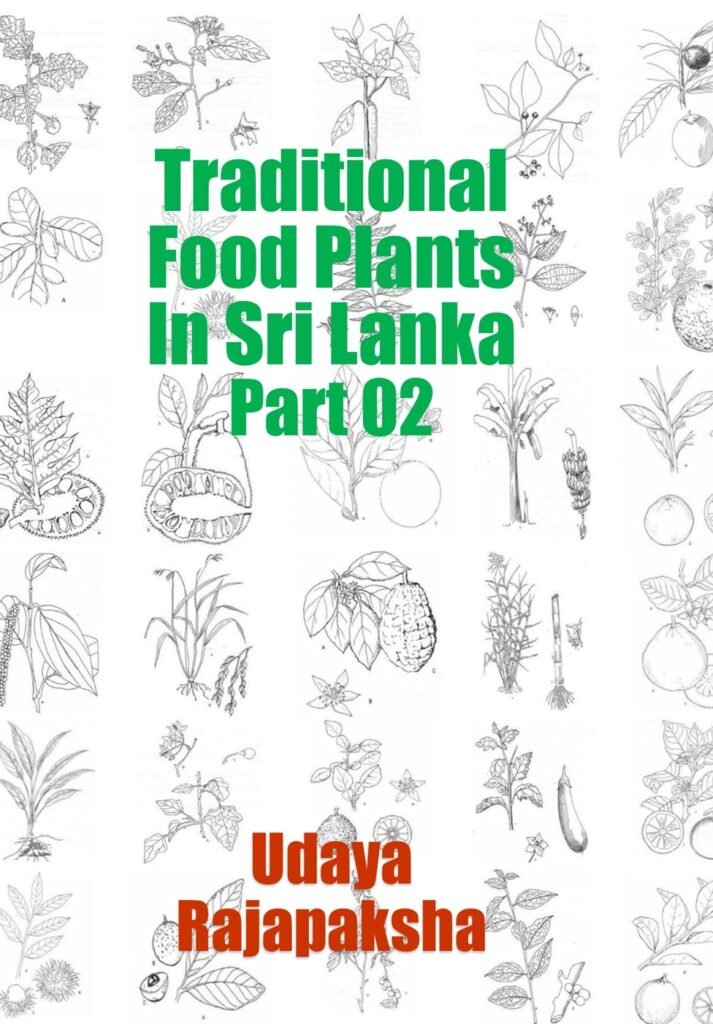
Sri Lanka is currently experiencing its most severe economic crisis since gaining independence. This crisis has driven many families into hunger and poverty for the first time, contributing to an estimated half a million people falling below the poverty line, according to the World Bank. Over the past two years, food prices have surged by 73%, leading 86% of families to resort to cheaper, less nutritious food, eat less, or skip meals altogether, as reported by the World Food Programme.
The persistent issues of hunger and malnutrition particularly affect women, the elderly, and preschool children. The consequences include stunted growth in children, high rates of low birth weight (LBW), poor maternal nutritional status, and deficiencies in micronutrients. In the long term, inadequate nutrition adversely impacts the country’s productivity, resulting in lethargy and reduced work capacity within the population.
Food insecurity at the household level is a significant contributor to malnutrition. While food security at the global, regional, or national level is crucial, it does not necessarily equate to household food security, as access to food is a vital factor. Therefore, introducing alternatives for the rural poor, who often have limited purchasing capacity, is essential.

Recognising access to adequate food for an active and healthy life as a fundamental human right, it is imperative to explore alternative policies and approaches to combat hunger and ensure household food security. Promoting traditional food plants is a viable strategy, as these plants are locally available, can be cultivated on small plots, or gathered from nature. Many traditional species, along with their local varieties, require minimal inputs, are well-adapted to local conditions, and possess resilience to adverse soil conditions, drought, pests, and diseases. Increasing consumption of traditional food plants during their growing seasons can help meet dietary and nutritional needs at the local level.
Traditional food plants can enhance food security not only at the household level but also regionally and nationally. Some underutilised traditional plants may be developed and promoted as future staple crops.

To raise awareness about these valuable resources, the publication Traditional Food Plants in Sri Lanka, Parts 1 and 2 underscores the significance of traditional food plants and addresses the need for a comprehensive resource book on the subject. It compiles information on 164 traditionally used food plants in Sri Lanka, detailing their family, botanical names, descriptions, edible parts, food uses, nutritional and therapeutic values, other uses, environmental responses, cultivation methods, and storage practices. This publication serves as a valuable resource for academics, researchers, agriculturists, policymakers, teachers, students, and the general public interested in promoting and utilising traditional food plants.
The author, Udaya Rajapaksha (M.Sc. Agric, PhD), possesses extensive hands-on experience with underutilised plants in Sri Lanka, food security, and nutrition. Traditional Food Plants in Sri Lanka is a Sasavi Publication.

Second revised edition of Traditional Food Plants in Sri Lanka was released as a Sasavi Publication. Dr. Udaya Rajapaksha, the author presented a copy of the publication to celebrity chef, Dr. Pubilis Silva at the Mount Lavinia hotel recently.








